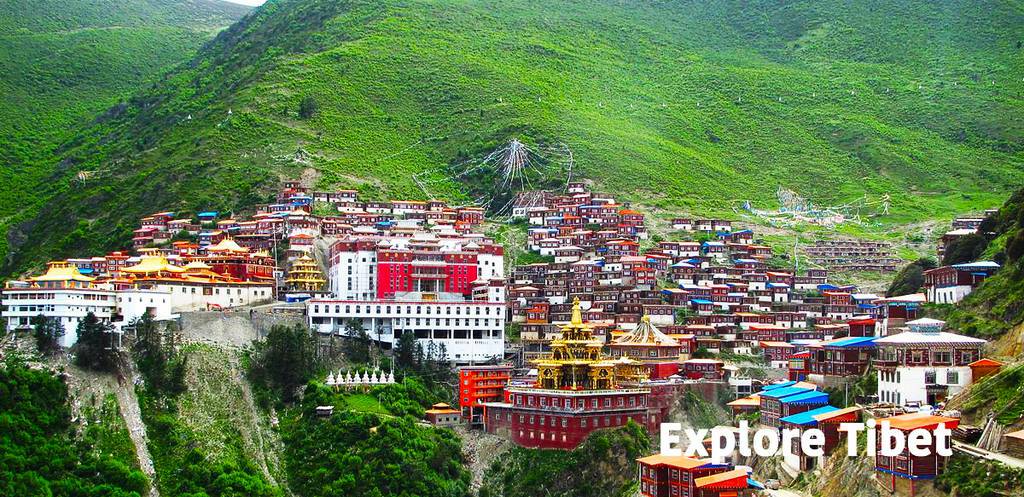
Katok monastery also transliterated as Kathok or Kathog Monastery is one of the six principal monasteries of the Nyingma school of Tibetan Buddhism. It is located in Baiyu County, Garze prefecture, Sichuan, China. It is one of the 6 great monasteries of the Nyingma Pa tradition of Tibetan religion. It is located on the top of the mountain with an altitude of 4200 meters above sea level in Pelyul County. The Pelyul County has a population of 41,000 and composition os 93% Kham Tibetan and 7% of Han. The nearest town is Horpo town. Kotak Monastery is an 800-year-old monastery of the Nyingma sect in northern Kham that played an important role in Tibetan religion and Kham society during its long history. It flourished to this day with a large seminary and many Lamas and wealthy benefactors.
Katok monastery has a long history and it has a strong influence on the Nyingma sect, one of the main lineages of Tibetan Buddhism. it was founded in 1159 by a younger brother of Phagmo Drupa Dorjee Gyalpo, Katok Dampa Deshek at Derge, The historic seat of the Kingdom of Derge in Kham. The land which Katok Monastery established was given by Guru Rinpoche in a prophecy in one of his writings. And Guru Rinpoche himself spent 25 days there on that place so it’s very blessed. One of the sacred places of Tibet, it’s called Ka Tok Dorje Den, one of perhaps 25 very holy sites of Guru Rinpoche in the are of Do Kham.
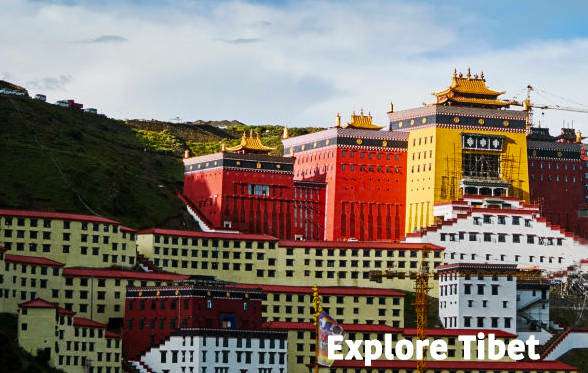
The name Katok means “above the Ka” and refers to the sacred geography of the land on which it was founded. The founder was, Dampa Deshek (1122-1192), was told by his Lama to seek a rock formation in the shape of Tibetan alphabet “Ka” and build a monastery upon it. Katok was one of the first large centres for monasticism and scriptural studies in Kham and upon its founding quickly attracted many monks. Katok monastery is well known for its curricular specialisation in the rituals and philosophies of the Nyingma Kama, liturgical and commentarial works based on canonical tantras. The existent writings of Katok Lamas run to several dozen volumes and over the centuries many Katok Lamas have been broadly influential Nyingma scholarship. Lamas from Katok have also founded branch monasteries throughout the Tibetan cultural world. Beyond its numerous branch monasteries in Kham, Katok also maintains branches in southern Tibet and Bhutan.
Katok monastery lies on the side of a mountain in a valley off the Dzing River in an area called Horpo. Horpo was acquired by the Derge Kingdom during the latter’s initial rise to power in the middle of the seventeenth century. Since then Katok Lamas have chaplains to the Derge royal family and the monastery and regularly invite the Lamas to their palaces to perform rituals and give advice. The Derge kingdom ended in the early 20the century and Katok is now part of Pelyul County, Ganzi Tibetan Autonomous Prefecture in Sichuan.
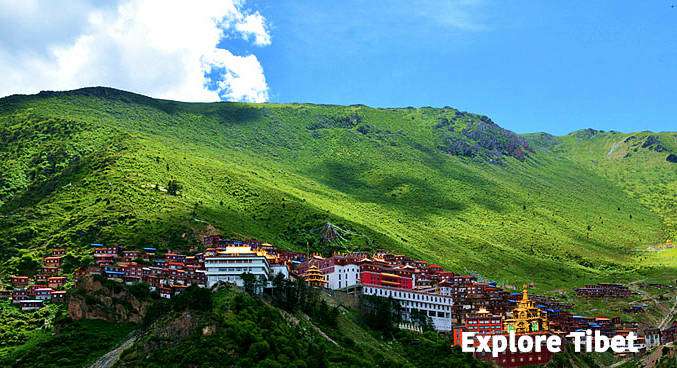
Katok was destroyed during the Cultural Revolution. Rebuilding began in the 1980s and now that all of its old temples have been restored, new temples are now under construction. The monastery has three major divisions: the ritual college, seminary and retreat centre. The seminary is the most numerous and visible, with three hundred monks who attend classes in the main hall every day.
Katok Monastery’s third abbot, Jampa Bum(1179-1252), whose 26-years tenure as abbot ended in 1252, is said to have ordained thousands of monks from across Tibet, and especially from Kham region of Minyak, Jang and Gyemorong. The original monastery fell into despair and was rebuilt on the same site in 1656 through the impetus of Terton Duddul Dorje(1615-72) and Rigdzin Longsal Nyinpo(1625-1682).
Katok monastery was long renowned as a centre specializing in the oral lineages and as a centre of monasticism, although both of these features were disrupted under Longsel Nyingpo. According to The Tibetan Buddhist Resource Centre, disciples of Kenpo Munsel and Kenpo Jamyang compiled a Katok edition of the oral lineages in 120 volumes in 1999. “Twice the size of the Dudjom edition, it contains many rare Nyingma treaties on Mahayoga, Anuyoga and Atiyoga that heretofore had never been seen outside of Tibet.
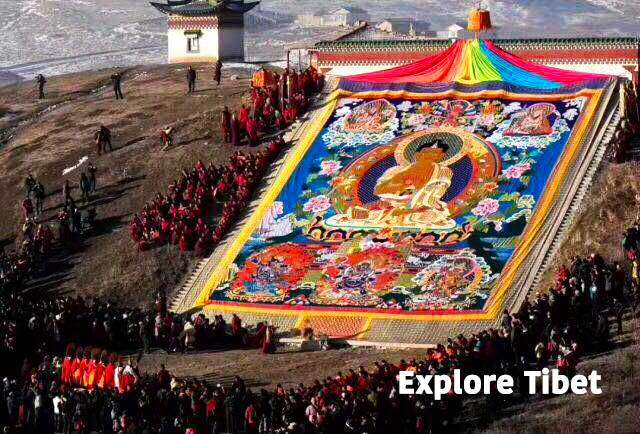
According to Alexander Berzin, Katok has 112 branches in monasteries, not only in Tibet, but also in Mongolia, inner China, Yunnan, and Sikkim. For instance, Katok Rigdzin Tsewang Norbu founded a large branch in Sikkim and when the Eighth Tai Situ Rinpoche visited China, he stayed at the Katok branch monastery at the Five-Peaked Mountain of Manjushri to the southwest of Beijing.
Katok Monastery became a bastion of the Anuyoga tradition when it became neglected by other Nyingmapa institutions. The Compendium of the intentions Sutra, The root text of the Anuyoga tradition was instrumental in the early Kathog educational system.
When we look at the major historical figures within the Katok tradition we have the five Golden Throne Holders. These five Golden Throne Holders play very poignant and important roles in holding Katok tradition and continue to reincarnate in just that way.
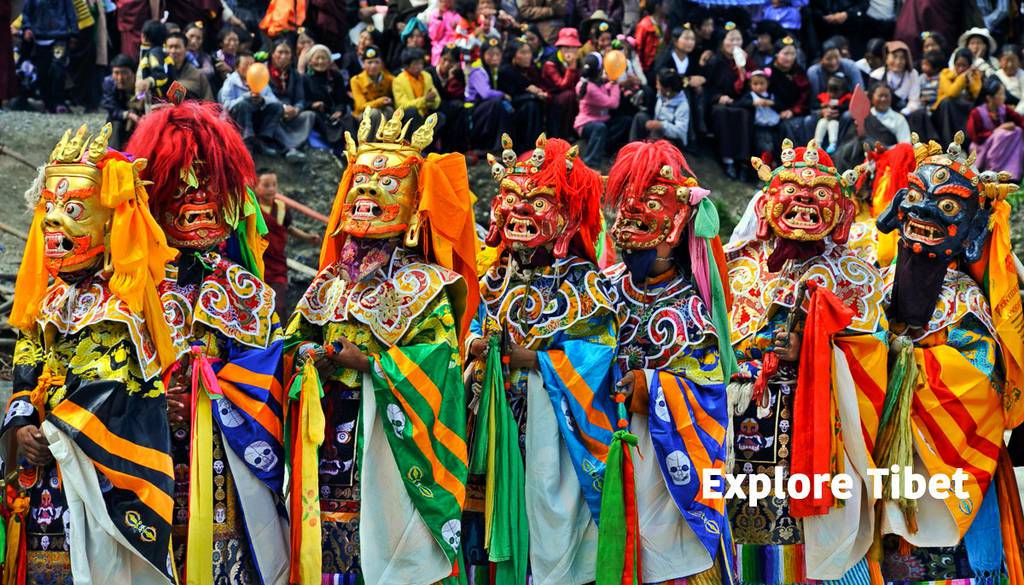
In 2016, an expansion of the Katok Monastery to the northeast was completed. This expansion included a new temple and assembly hall, directly adjacent to the existing monastery complex.
Every summer Katok celebrates a weeklong festival that includes masked dancing and blessing ceremonies. The festival attracts monks from Katok’s branch monasteries, Tibetan pilgrims from the local region and many Chinese students of Katok Lamas. The festival always falls between the 4th and 10th of Tibetan month (July 18-24th).
How to get to Katok Monastery?
If anyone want to Travel Katok monastery one can drive from Pelyul county to Katok monastery and it takes 3 hours, the driving distance is about 70km, the first 35km was to drive along Jingsha River, which is one of the tributaries of the Yangtze River, to the road intersection, where one dirt road leads into the valleys, then another 25km around to reach Herpo Village, where to cross bridge passing through the monastery’s attached guesthouse, then entering the mountain, the altitude starts to ascending. The last 20km may take one hour or more to complete.
If you want more information of Katok monastery or you are planning to visit to the area, please feel free to contact us and our local Tibet guide drivers know the area best, we will hlep you to make your travel easy and full of experiences, you can reach us at [email protected]
